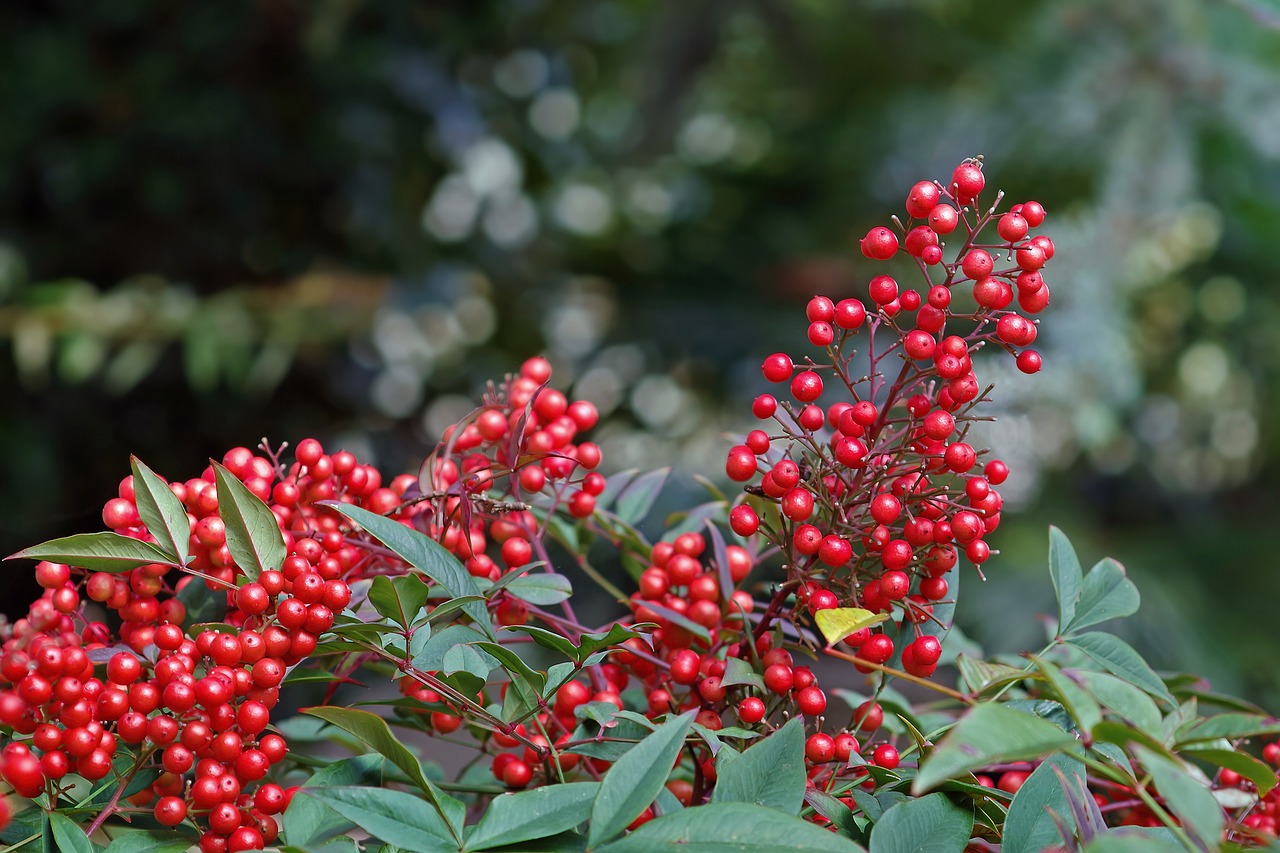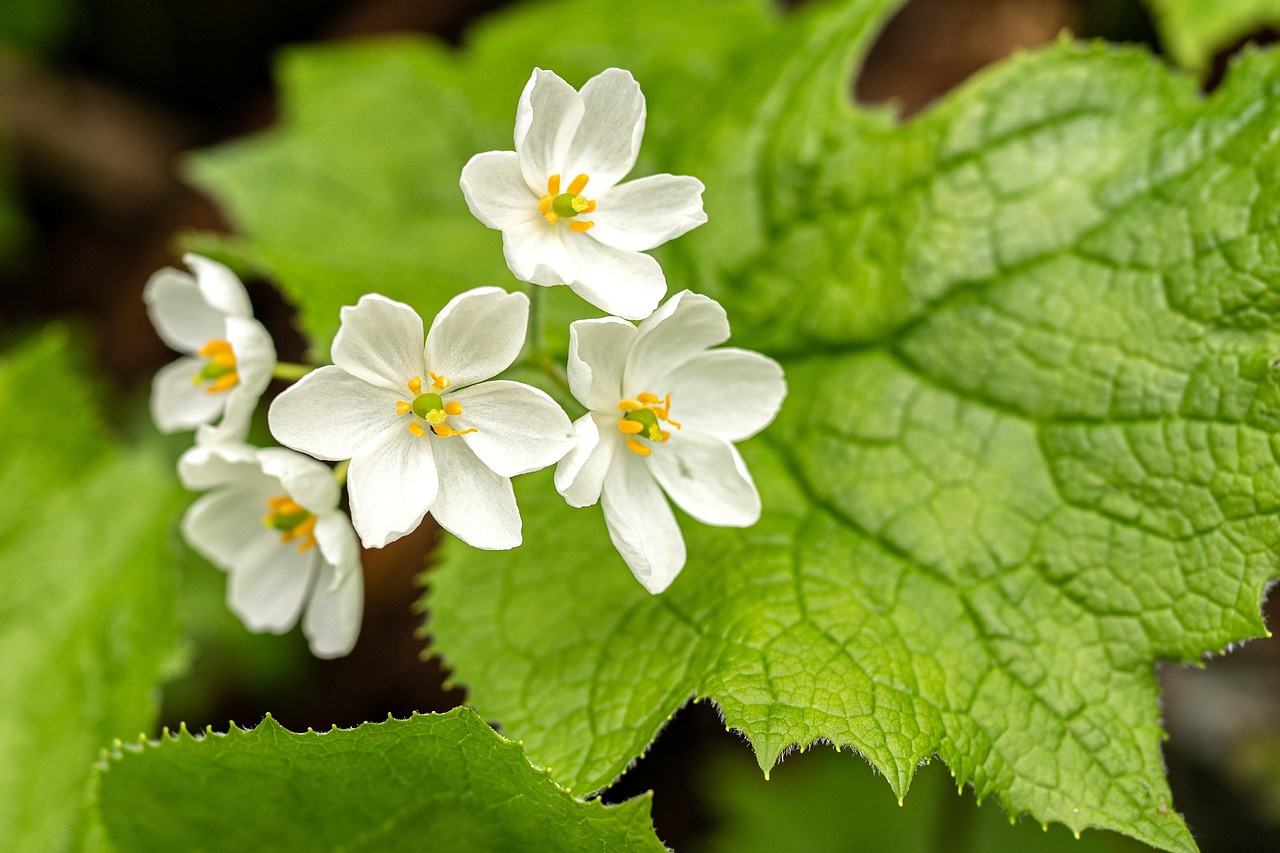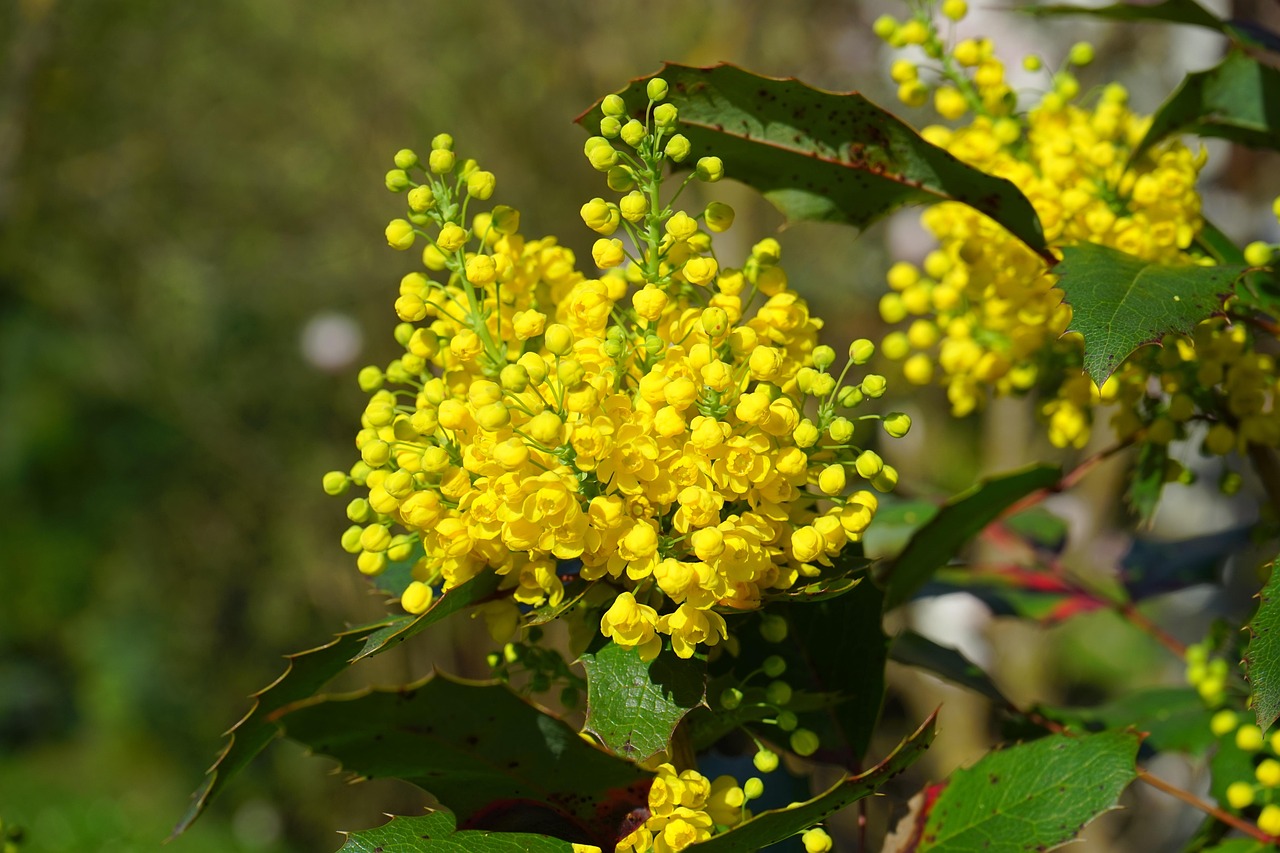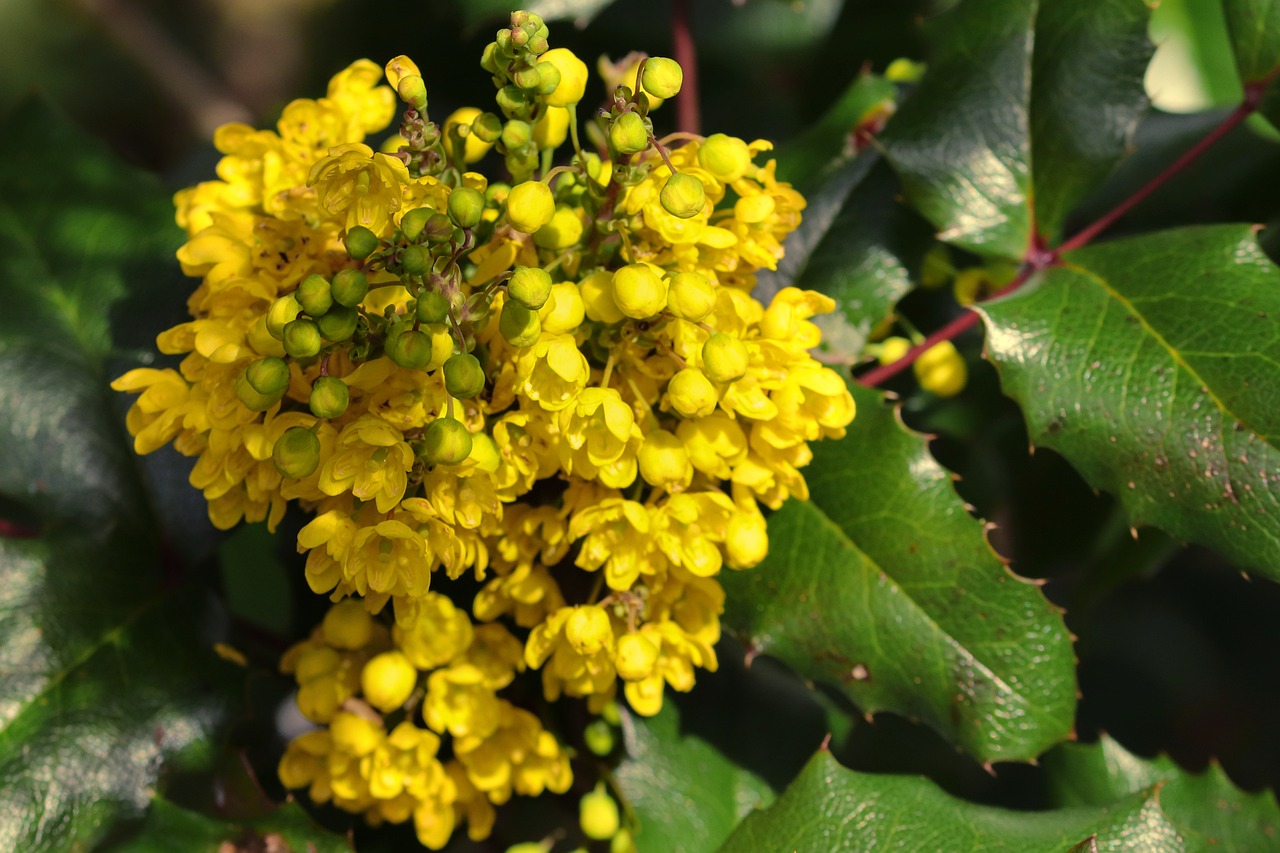Nandina | Red Berries Rooted in Japanese Life as a Symbol of Protection and Household Safety

Nandina is an evergreen shrub notable for its delicate foliage and vibrant red berries.
Originating in East Asia, it has long been planted in gardens and religious sites in Japan, China, and other countries.
More than just an ornamental plant, it has a long history as a symbol of good fortune and a ritual plant, carrying deep cultural significance, particularly in Japan.
In this article, I will introduce the basic information about nandina, along with its cultural and historical background across the world, as well as practical guidance on cultivation.
Basic Information
- Scientific name: Nandina domestica
- Family: Berberidaceae
- Origin: Temperate and subtropical regions from southern China to Japan and India
- Appearance: Nandina features finely divided pinnate leaves that shift in color with the seasons, often tinged red when young. In June and July, it produces clusters of small white flowers, followed by red berries about 5–7 mm in diameter that ripen in autumn and winter. Though evergreen, it also provides the beauty of seasonal foliage.
- Flowering season: June–July
- Fruit season: November–February
Cultural Significance Around the World
In Japan, Nandina is widely known as a charm for warding off misfortune, thanks to a wordplay on “nan o tenzuru” (“to turn away difficulties”). Since the Edo period, it has been planted in temple grounds, samurai residences, and ordinary households, and it continues to be used in New Year decorations and floral offerings. It is also prized in ikebana and as a winter flower for tea ceremonies. Planting it near entrances or in the northeast corner of gardens remains a common practice.
In China, where it is called “Nantianzhu” (Southern Sky Bamboo), Nandina has been admired as a symbol of subtle beauty, often likened to the Four Gentlemen (orchid, bamboo, chrysanthemum, and plum). Its winter foliage and berries express quiet elegance, making it a favored feature in traditional gardens.
In Western countries, Nandina was introduced in the 19th century as “Heavenly Bamboo.” Despite the name, it has no relation to true bamboo. In the southern United States, it is popular as a heat-tolerant landscaping plant, though in some areas its vigorous growth has raised concerns about invasiveness.
Historical Background
The earliest records of Nandina appear in the 6th-century Chinese horticultural text Qimin Yaoshu. Its systematic use as a garden plant was established from the Song dynasty onward. In Japan, it was introduced in ancient times and mentioned in classical works such as Honzo Wamyo and Wakan Sansai Zue.
By the Edo period, it had become a favored garden tree, associated with good fortune and protection. Believed to ward off fire and disease, it was planted in temples, shrines, and designated firebreak areas. Even today, centuries-old Nandina trees can be found in Kyoto temples, and it is highly valued as a bonsai plant.
During the Meiji era, Nandina was introduced abroad and gradually gained global recognition as an ornamental species, blending into Western landscape design.
Gardening Advice

Nandina is relatively easy to care for and can be enjoyed year-round with minimal effort.
Sunlight
Prefers full sun but tolerates partial shade. Protect from strong midsummer sunlight to avoid leaf burn.
Watering
Once established in the ground, it usually thrives on natural rainfall. During dry spells or summer heat, occasional watering is beneficial. Potted plants require watering when the soil surface becomes dry.
Soil
Well-drained, neutral to slightly acidic soil is best. Mixing leaf mold or pumice helps prevent root rot.
Fertilizer
Apply slow-release granular fertilizer in spring to encourage flowering and fruiting. Avoid over-fertilizing.
Pruning
Thin out old or disorderly branches after flowering or in winter. Pruning rejuvenates the plant.
Wintering
In warmer climates, it is hardy without protection. In colder regions, plant in sheltered spots or provide frost protection.
Conclusion
Nandina is a timeless evergreen shrub rooted in East Asian garden culture. Its seasonal foliage and vivid red winter berries bring beauty and symbolism across cultures.
In Japan, it is a charm against misfortune; in China, a symbol of tranquil elegance; and in the West, a valued ornamental since the 19th century.
With proper care, Nandina can provide year-round interest, enriching gardens with grace, color, and cultural depth.



